Getting your lawn to that lush green, picturesque state can be grueling and stressful, with many trials and errors. One of those intimidating but important factors is the type of fertilizer that will get your lawn to that desired state. Shopping for fertilizer at your local garden store can be overwhelming, but with the right knowledge, you are better informed on what to look for to suit your lawn’s needs.
The two main types of fertilizer are granular and liquid fertilizer. Both of these types of fertilizer have their benefits and drawbacks, and choosing the right one depends on the state of your lawn, the time of year, your location, etc. By learning the characteristics of liquid and granular fertilizer, you are better positioned to make an informed decision on the fertilizer that’s best for your lawn.
Let’s start with the basic definition and characteristics of granular fertilizer and liquid fertilizer.
Granular Fertilizer
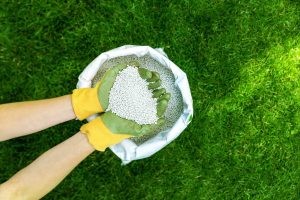
Granular fertilizer is a type of fertilizer that comes in a small, pellet-like form. They come in all shapes, sizes, colors, and mixtures, but all come in solid chunks of product you spread around your yard and water into the soil.
Here are some of the benefits of using granular fertilizer:
-Slow-release: Granular fertilizer is the most effective slow-release fertilizer, which slowly releases nutrients into the soil over time.
-Affordable: Granular fertilizer is a relatively inexpensive way to fertilize your plants, as the bulk cost of granular fertilizer is more cost-effective.
-Easy to store: Granular fertilizer comes in bulk and can easily be stored away in a container or in the bag it came from with little fuss.
-Lasts longer: Granular fertilizer can last for several weeks or months, depending on the type of fertilizer and the application rate.
Here are some of the drawbacks of using granular fertilizer:
-Slow results Plants absorb Liquid fertilizer more quickly than granular fertilizer.
-Need extra equipment: In order to effectively apply granular fertilizer, you need either a broadcast or drop spreader. High-quality spreaders cost around $60-$150. If you have a large yard or a lot of land, you may need a tow-behind spreader, which can cost hundreds of dollars and need to be replaced every few years.
-Can be messy: Granular fertilizer can be messy to apply, especially in a climate with high winds. It's difficult to tell if granular fertilizer is applied evenly in tall grass, and the high salt content of most granular fertilizers means that incorrect application can cause grass burn.
-Can attract pests: Granular fertilizer can attract pests, such as ants and slugs.
Overall, granular fertilizer is a good choice for home gardeners looking for a long-term, affordable way to fertilize their plants. However, it is important to note that granular fertilizer is less effective than liquid fertilizer and can be messy to apply.
Liquid Fertilizer
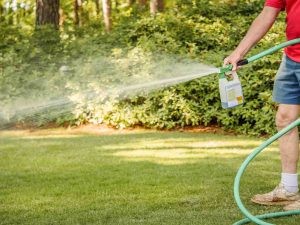
Liquid fertilizer is a type of fertilizer that is dissolved in water and applied to plants as a liquid. It is a popular choice for home gardeners because it is easy to apply and can be used on various plants.
Here are some of the key benefits of using liquid fertilizer:
-Easy to apply: Whether using a hose attachment or the bottle the fertilizer came in, it’s much easier to apply the fertilizer than it is to deal with the bulky equipment granular fertilizer requires. No special tools mean the application is much easier and saves you money.
-Faster results. Liquid fertilizer is more water-soluble than granular fertilizer, providing nutrients to plants more quickly. This can be beneficial for new lawns or lawns that need to be revitalized.
-More consistent nutrient delivery. Liquid fertilizer is applied evenly so plants receive the same amount of nutrients throughout the lawn. This can help to prevent nutrient deficiencies and promote healthy growth.
-Less likely to cause fertilizer burn. Liquid fertilizer is less likely to cause fertilizer burn than granular fertilizer because it is applied more evenly.
Here are some of the drawbacks of liquid fertilizer:
-More expensive. Liquid fertilizer is typically more expensive than granular fertilizer.
-More susceptible to runoff and leaching. Liquid fertilizer is more likely to run off or leach into groundwater than granular fertilizer. This is because it is more water-soluble and can be carried away by water.
-Needs to be applied more frequently. Liquid fertilizer is typically applied more frequently than granular fertilizer because plants quickly absorb it.
Which Fertilizer Is Best?

The answer to that is neither. Both fertilizers apply the same amount of nutrients, but depending on your situation, one might be a more attractive choice than the other.
Here are some factors to keep in mind when choosing your fertilizer:
-Health of your lawn: The state of your lawn will be one of the biggest factors when choosing a fertilizer. With a healthy and established lawn that needs gradual nutrients throughout the season, slow-release granular fertilizer is a great choice. However, if your grass needs an immediate boost of nutrients or you’re setting up a new lawn, quick-release fertilizer might be the better choice.
-Application Preference: One of the major differences between liquid fertilizer and granular fertilizer is the way they are applied and how often you need to apply them. Granular fertilizer is more time-consuming to apply, but it might be more worth it because it needs to be applied less frequently than liquid fertilizer. If you’re fine with applying more frequently with the less strenuous trade-off, liquid fertilizer is the better choice.
-Budget: There is a significant price difference between granular and liquid fertilizers. Granular fertilizers are usually purchased in bulk and are less expensive than liquid fertilizers. Though the equipment to distribute the granular fertilizer can be costly, it is a one-time expense compared to the consistently high price tag of liquid fertilizer.
Subscribe to Simple Lawns's Blog



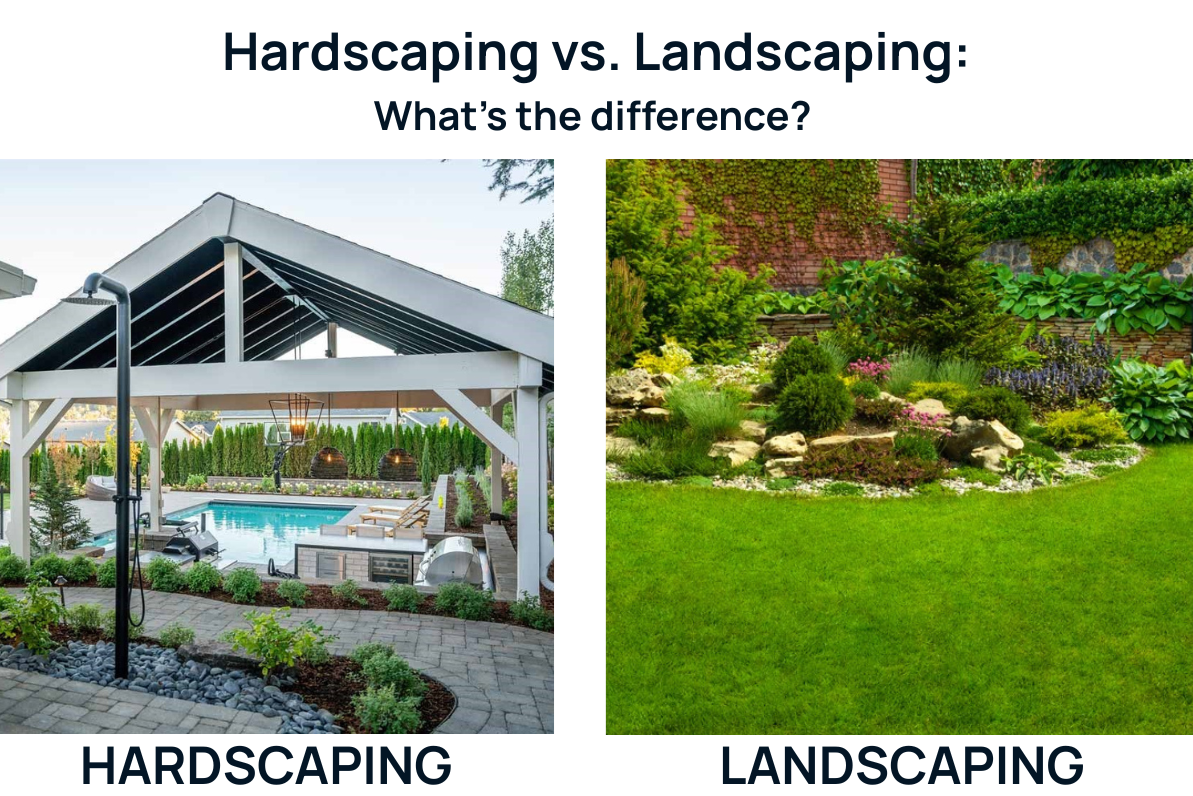
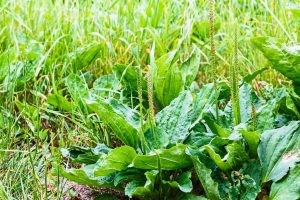

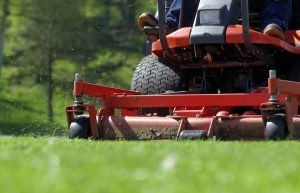

Comments